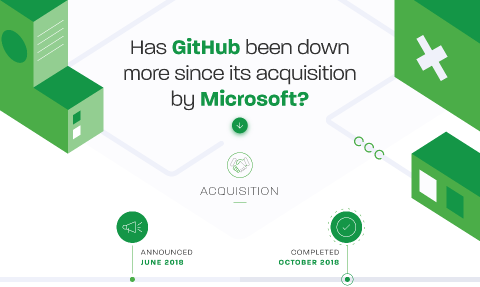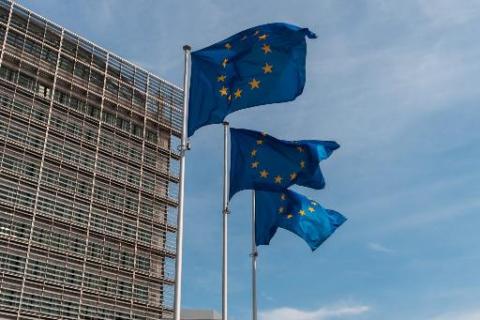Has GitHub Been Down More Since Its Acquisition by Microsoft?
Two years ago, on June 4th of 2018, Microsoft announced its acquisition of GitHub, unicorn darling of the developer tools startup ecosystem, for $7.5B in stock. The announcement unearthed a wide range of opinions and pontifications, ranging from “GitHub is doomed” to “Microsoft is smart”, with many predictions about GitHub’s future. Some thought Microsoft’s growing investments in its cloud offering, Azure, might help GitHub.










